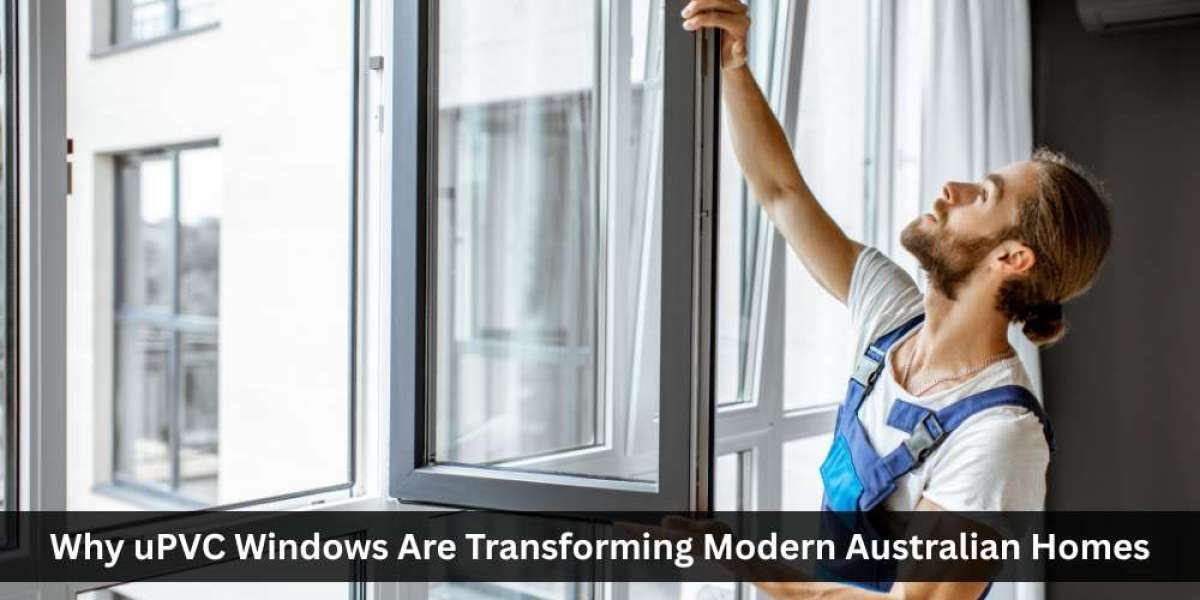Across Australia, homeowners chasing quieter rooms and lower bills are turning to custom-designed uPVC windows. They look sharp, but the appeal runs deeper: tough frames that shrug off salt air, seals that actually stay tight, and glass combinations tuned for harsh summers. Unlike timber that swells or aluminium that conducts heat, uPVC sits in the sweet spot—stable, low-maintenance, and thermally smart. We’ve seen them suit and crisp new builds alike. Pick the right profile and you can balance airflow, glare and privacy without fuss. The payoff isn’t hype; it’s comfort you notice and running costs that drift down month after month. Less maintenance. More peace at home.
What makes uPVC windows worth the investment?
uPVC windows are worth the investment because they deliver strong thermal performance and last for decades. The savings stack up through lower power use and minimal upkeep.
Beyond the headline benefits, there’s real-world durability: no warping in summer, no corrosion near the coast, and hardware that keeps its bite. Acoustic comfort improves too, especially along busy streets or flight paths.
- Noticeably quieter interiors near traffic
- Frames won’t rust, rot, or fade
- Lower heating and cooling load
- Little maintenance beyond the occasional wash
And because the frames resist UV and moisture, the look holds—clean lines, consistent colour, fewer weekend chores. Over time, that steadiness translates into better resale appeal and steadier bills, especially when installed by trusted uPVC window experts.
How can window design improve energy efficiency?
Window design improves energy efficiency by controlling heat transfer, airflow and solar gain. The right frame, glazing and seals work together to reduce waste.
Multi-chambered uPVC frames slow conduction, while Low-E coatings bounce radiant heat the right way for our climate. Orientation matters: shade west-facing panes, protect large north aspects, and use opening styles that catch breezes without inviting leaks.
- Choose Low-E glass suited to climate
- Use multi-chambered frames to limit conduction
- Specify quality gaskets and continuous seals
Trims and seals are small pieces that do big jobs—get them wrong and you’ll feel draughts and hear the power meter spin. Pair quality frames with double glazing, and you’ll notice steadier temperatures and a quieter home.
Why is professional installation important for uPVC windows?
Professional installation is important because even premium windows underperform if they aren’t fitted square and airtight. Correct setup locks in the thermal benefits you paid for.
Installers manage the fiddly bits: plumb lines, packers, expansion gaps and flashing that sheds water rather than trapping it. They also pressure-test seals and check hardware tension so sashes close firmly without strain. Done properly, you’ll feel the difference immediately—no rattles in a southerly, no tell-tale whistling at night, just a solid, quiet room. The finish should be clean, compliant and ready for decades of hard weather.
Conclusion
Choosing uPVC these days isn’t about chasing trends—it’s about keeping homes sturdy, quiet, and simple to look after. The mix of rising energy costs and rough Aussie weather has pushed more people toward materials that actually make sense long-term. When the design’s right and the installation’s tight, the difference is obvious: steadier room temperatures, less outside noise, and smaller power bills creeping in over time. For anyone weighing up glazing or frame options, it’s worth choosing energy-efficient windows for a few solid, experience-backed insights into what really works in local conditions.



